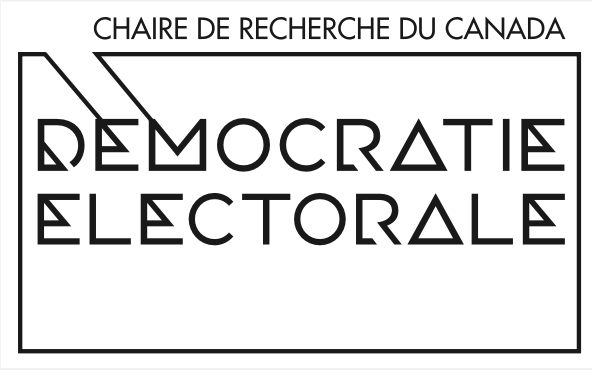Electoral Chair’s Seminar – 20 November
Mapping ethics self-regulation within political parties: Norms, oversight and enforcement
Luís de Sousa-ICS-ULisboa
Political parties are highly regulated organizations, both internally and externally, and yet, levels of trust in political parties are systematically low across many countries. Low levels of trust are associated to party related scandals and a poor record in upholding higher ethical standards to their members. Ethical issues not only damage the reputation of political parties but are a source of internal division and a strategic disadvantage in electoral contexts adverse or sensitive to political corruption. Moreover, the inability to manage the frequency and seriousness of integrity risks within party organisations might threaten its survival. While a growing body of theoretical and empirical literature deals with system-level party and party financing regulation, party ethics self-regulatory has been insufficiently addressed and remains a blind spot in existing databases of party politics. This article theorizes and empirically examines what explains political parties’ efforts to address ethical issues within their organizations. Based on regulatory theory (Hood et al., 1999; Lodge and Hood, 2010; Lodge and Wegrich, 2012), We measure party ethics self-regulation efforts through a comparative analysis of three fundamental and interdependent regulatory dimensions: (1) standard-setting, the definition of norms/rules to target agents; (2) oversight, the collection and evaluation of information on whether the norms/rules in place are adequate, sufficient and if their compliance is effective; and (3) enforcement, the capacity to compel observance of standing norms/rules and to ensure that those norms/rules are appropriated by the target agents, through either dissuasive measures and sanctions, or proactive measures and incentives eventually leading to behaviour-modification. We are dealing with both “the rules of the game” (standard-setting) and the “players” established to oversee and enforce them. In this pilot-exercise, we look at party ethics self-regulation efforts both from a rule-design and formal strengthperspective (Levitsky and Murillo, 2009). We are not simply describing what ethics regulatory measures parties have put in place within their organisations, but we are measuring the formal strength of those measures.

This content has been updated on 14 November 2024 at 7 h 40 min.
Comments